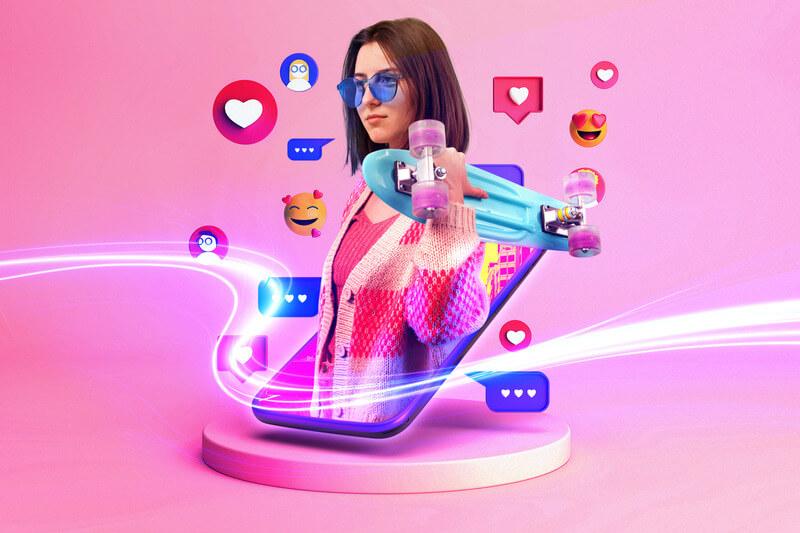
User Interface (UI) design plays a crucial role in shaping the digital experiences we encounter every day. From the early days of computing to the present era of smartphones, tablets, and wearable devices, UI design has undergone significant evolution, driven by technological advancements, changing user expectations, and emerging design trends. In this blog post, we'll take a journey through the past, present, and future of UI design, exploring how it has evolved and what lies ahead in the ever-changing landscape of digital design.
1. Past: The Birth of User Interfaces
In the early days of computing, user interfaces were primarily text-based and command-driven, requiring users to input commands via a keyboard or command-line interface. The introduction of graphical user interfaces (GUIs) revolutionized UI design, making computing more accessible and intuitive for non-technical users. GUIs introduced visual elements such as icons, menus, and windows, enabling users to interact with computers using a mouse or other pointing device.
2. Present: The Rise of Responsive and Intuitive Interfaces
In the present era, UI design has evolved to prioritize responsiveness, accessibility, and user-centricity. With the proliferation of smartphones, tablets, and other mobile devices, responsive design has become essential, ensuring that websites and applications adapt seamlessly to different screen sizes and devices. Additionally, modern UI design emphasizes intuitive navigation, clear visual hierarchy, and interactive elements that enhance user engagement and usability.
3. Future: The Dawn of Immersive and Adaptive Interfaces
Looking ahead, the future of UI design holds exciting possibilities as technology continues to advance and user expectations evolve. Emerging trends such as augmented reality (AR), virtual reality (VR), and voice-based interfaces are reshaping the way we interact with digital content and experiences. Immersive interfaces that blend physical and digital worlds seamlessly are becoming increasingly prevalent, offering new opportunities for storytelling, gaming, education, and more. Moreover, adaptive interfaces that leverage artificial intelligence (AI) and machine learning algorithms to personalize user experiences based on individual preferences and behaviors are poised to revolutionize how we interact with digital products and services.
Conclusion
In conclusion, the evolution of user interface design reflects the ongoing quest to create digital experiences that are intuitive, engaging, and user-friendly. From the early days of text-based interfaces to the present era of responsive and intuitive designs, UI design has come a long way, driven by technological innovation and user-centered principles. As we look to the future, the possibilities for UI design are endless, with immersive and adaptive interfaces poised to redefine the way we interact with technology and each other in the digital age.



